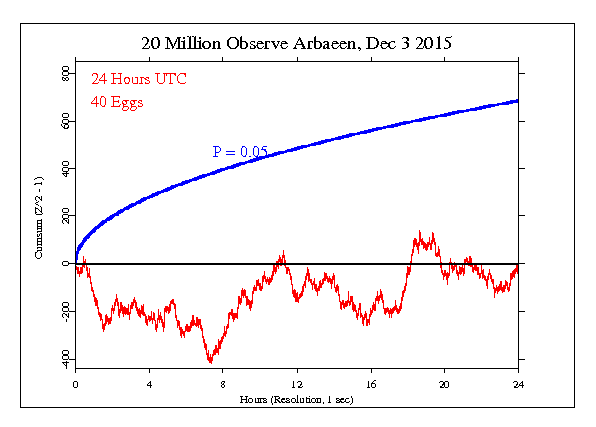Arba'een, 2015
Millions of Shia Muslims, beating their heads and chests in mourning, have packed the Iraqi city of Karbala for the culmination of one of the world's largest religious events.
The faithful have for days been streaming through the golden-domed mausoleum of Imam Hussein, Prophet Muhammad's grandson, who was killed in 680 AD.
Many in the sea of black-clad devotees swarming the shrine walked days to reach Karbala, sometimes from cities as far as Basra, about 500km away by road.
Baghdad and much of the country south of Baghdad come to a standstill in the days preceding Arba'een, as parts of the motorway are reserved for walking pilgrims and for authorised vehicles only.
Arba'een, which means "40" in Arabic, is an observance that peaks on the 40th day after the anniversary of Hussein's death, but the pilgrimage takes place over several days running up to it.
The day of Arba'een is the 40th day following Ashura and in the year of 2015, Arba'een in Iraq will fall on Thursday, the 3rd of December.
The Arba'een ceremony is the largest peaceful gathering in the world and occurs annually 40 days after the martyrdom of the Prophet Mohammad’s grandson, Imam Hussain (PBUH), and his companions on the day of Ashura.
Specific Hypothesis and Results
This event was proposed for the GCP by Yunus Msayib and given that it is usually so huge in terms of numbers, about 20 million people, we set it as a formal event. The GCP event was set for the 24 hour UTC day of Dec 3 2015. The result is Chisquare 86350.846 on 86400 df, for p = 0.546 and Z = -0.117.
Interpretation
The following graph is a visual display of the statistical result. It shows the second-by-second accumulation of small deviations of the data from what’s expected. Our prediction is that deviations will tend to be positive, and if this is so, the jagged line will tend to go upward. If the endpoint is positive, this is evidence for the general hypothesis and adds to the bottom line. If the endpoint is outside the smooth curve showing 0.05 probability, the deviation is nominally significant. If the trend of the cumulative deviation is downward, this is evidence against the hypothesis, and is subtracted from the bottom line. For more detail on how to interpret the results, see The Science and related pages, as well as the standard caveat below.

Standard caveat
It is important to keep in mind that we have only a tiny statistical effect, so that it is always hard to distinguish signal from noise. This means that every success
might be largely driven by chance, and every null
might include a real signal overwhelmed by noise. In the long run, a real effect can be identified only by patiently accumulating replications of similar analyses.
